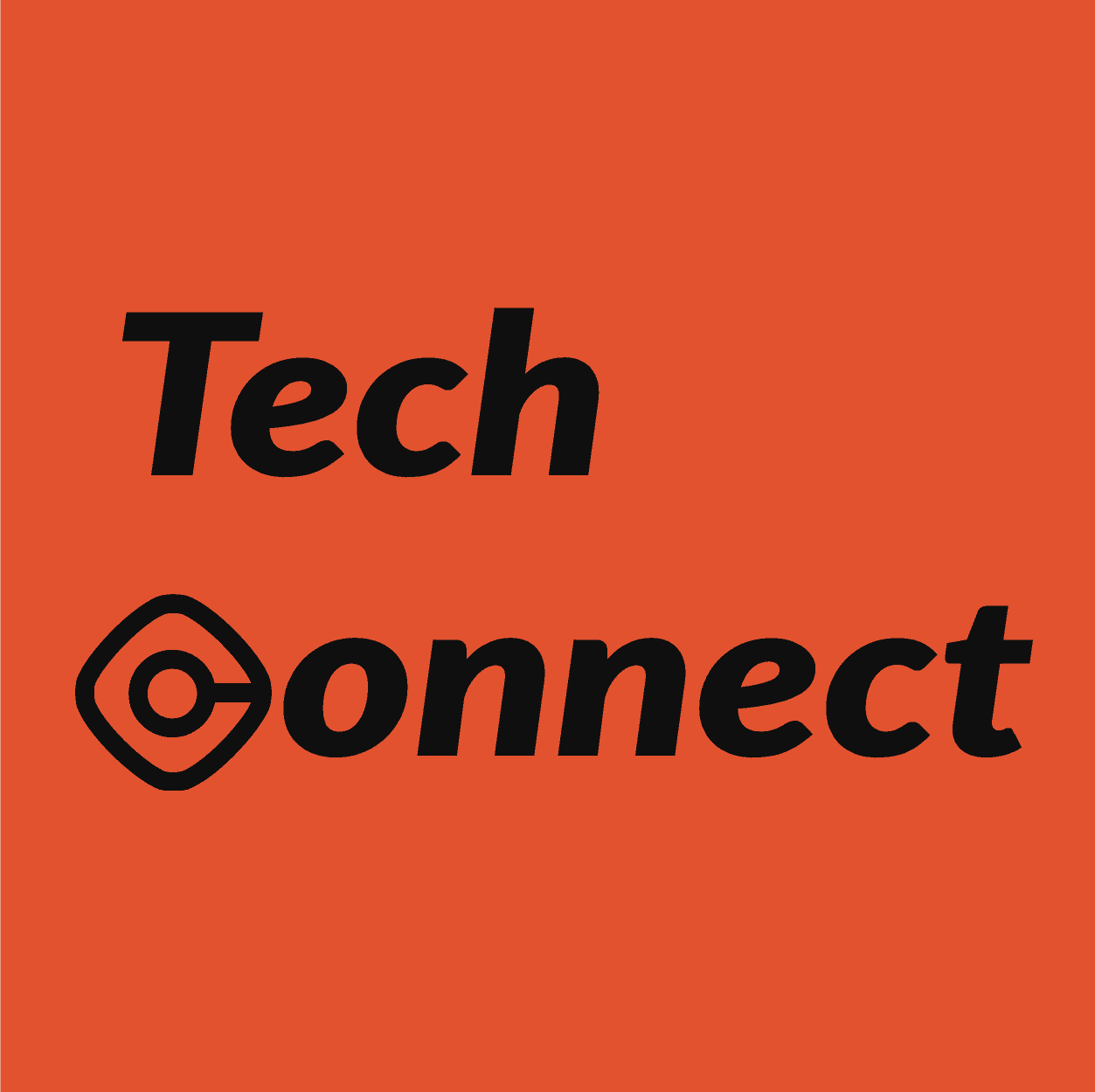Why data storage sustainability must be at the heart of all our IT strategies.
If the stats are accurate, the electricity utilised by data centres and networked devices accounts for 2% of overall carbon emissions. That’s an astonishing 2.3 million tons of CO2 per day. As the amount of data is set to increase by 30% annually, we all need to take action to address this issue as part of our IT strategies.
Please take a look at this week’s featured article about sustainable data storage. It’s an excellent resource to expand your knowledge on the topic. ✅
This Week’s Top Reads:
-
-
- What is green software?
- How to Build an Enterprise Architecture Roadmap: 4 Styles to Consider
- Why digital transformation is essential for business growth: Efficiency in today’s business landscape
- Building Agile Teams: 13 Tips To Foster Employee Adaptability
- What is Data Fabric? Techniques, Architecture & Best Practices
-
What is green software?
We have spent years looking at cooling systems. Now it’s time to make more efficient code.
How do you make a data center more efficient? When we asked Paul Calleja, director of research computing services at the University of Cambridge, we got a surprising answer:
“It’s all about the software,” he said. “The gains we get from hardware, in terms of output per megawatt, will be dwarfed by the gains we get from software.”
That might come as a shock to data center designers. When they consider the environmental footprint of a facility, they start with the energy used at the site.
They focus on the waste heat produced, and the cooling systems which remove it. In the IT equipment itself, they look for servers that perform more calculations per Watt, or storage that has a lower idle power consumption.
They sometimes (but too rarely) look at the embodied energy in the data center – the emissions created by the concrete it is built from, and the raw materials in the electrical components.
But the thing that is almost always ignored is the factor that caused the creation of the building in the first place, and drives every single action performed by the hardware.
How to Build an Enterprise Architecture Roadmap: 4 Styles to Consider
Here we run through a few best-practices when building an enterprise architecture roadmap, and provide a structure to set your course.
You’ve decided to go to Hawaii for some sun and seafood. You’ve put a picture of your “target state” – Hawaii – on your wall. What you now need is a detailed plan which sets out the best path to take on each leg of your journey.
In the world of enterprise architecture, we call this process “roadmapping”. Of course, the destination isn’t Hawaii, but a future state your business is aiming to achieve.
The most effective roadmaps also consider the multiple ways of completing the entire journey, not just one leg. They consider multiple options for each of the transfers, whether to fly or take a cruise, stopovers along the way, etc. Likewise for a business.
Holding all of these permutations in your head is, of course, impossible. And you’ll quickly outgrow basic business tools such as Excel and PowerPoint. That’s why you turn to your Enterprise Architect.
Their role is to chart these multiple options and weigh which are best in order to navigate with confidence towards the desired business endpoint.
Why digital transformation is essential for business growth: Efficiency in today’s business landscape
Digital transformation is essential for businesses to remain competitive in today’s fast-changing business environment.
The COVID-19 pandemic has accelerated digital transformation, forcing companies to shift their operations to the digital world. 71% of surveyed businesses believe Digital Transformation is the reason for increased revenue, and 62% believe it improves planning and decision-making.
This post will discuss why digital transformation is mandatory for business growth and staying ahead of the competition. Learn how partnering with a reliable software engineering service partner can help.
Building Agile Teams: 13 Tips To Foster Employee Adaptability
Managing resistance is ineffective when it simply focuses on the symptoms.
Between rising prices, an unpredictable labour market and the looming threat of a global recession, a constantly changing business environment is the norm for companies operating today. While it’s impossible to predict what obstacles will appear next, cultivating a team that can handle anything that is thrown at them is essential to overcoming challenges.
Below, 13 Forbes Business Council members offer advice on specific actions leaders can take to ensure their teams are staying agile and adaptable in an ever-changing business environment.
1. Put In Adjustable Frameworks
Every leader must have a framework in place that will provide guidance for their teams in a changing environment. A framework empowers team members to advance the mission of the organization while also adapting to internal and external changes. Leaders must also encourage and demonstrate a learning mindset to ensure their teams are adaptable to evolving circumstances. – Kent Ingle, Southeastern University
What is Data Fabric? Techniques, Architecture & Best Practices
Given the complexity of data fabric systems, no existing standalone solution can facilitate the deployment of a complete data fabric architecture.
The growing adoption of data-intensive technologies like Artificial Intelligence, cloud systems, edge computing, and IoT means enterprises are generating even more data than ever. While more data means better insights and improvement in decision-making, it also results in greater complexity of data management systems for enterprises that make use of them.
This has necessitated the unification of data environments to overcome the challenges that come with handling more data. Data fabric is one of the strategies data management teams are employing to address the challenges of data management.
It is an emerging technology that allows for the synchronization and sharing of data between disparate systems. Technology like this is crucial because it allows businesses to streamline and enhance their data processing and paves the way for a seamless data layer, beginning with the sourcing of data and continuing through analysis, insight generation, and implementation.
Data fabric has been identified as one of the top 10 data analytics trends to watch out for in 2023 to aid organizations in proper data and application management. This article will explain what data fabric is, the concept of the data fabric architecture, and the best practices for implementing data fabric for your enterprise.
Article by generate zero
Yes, you read that correctly.
This staggering fact was one of many presented in an article by Anthropologist Steven Gonzalez Monserrate, which drew on five-years of research and ethnographic fieldwork in server farms to illustrate the environmental impacts of data storage. According to Monserrate, the electricity utilised by data centres accounts for 0.3 per cent of overall carbon emissions, and this number jumps to 2 per cent if you include networked devices such as laptops, smartphones, and tablets.
Within the next two years, Amazon, Microsoft and Google will both have opened several large-scale data centres in New Zealand. While this is good news for the country and will mean immense technological, economic, and social benefits, there is no doubt that the impact to our carbon footprint will also be significant.
If you’re imagining rooms upon rooms of computers, you’re pretty much on the money. Aside from the immense amount of cooling/air conditioning required to move heat away from the machines themselves, it’s more to do with the fact that storing increasing amounts of data, moving it between systems, backing up, replicating, and managing data requires significant amounts of electricity. If you add to this the hyper-redundancy required to ensure data centres are always available, this means if one system fails, another is idling in the background ready to take its place and is also drawing electricity, albeit at lower levels.
THE DIGITAL EYE
I hope these articles are valuable.
I am passionate about technology, and I want to share that passion with you. I believe that it’s essential for everyone to stay up-to-date on the latest trends, so I’ve set out to cover all aspects of the industry – from data analytics to blockchain and AI.
Please let me know if you want to see any other topics covered, and I would appreciate your help sharing this blog with others interested.



